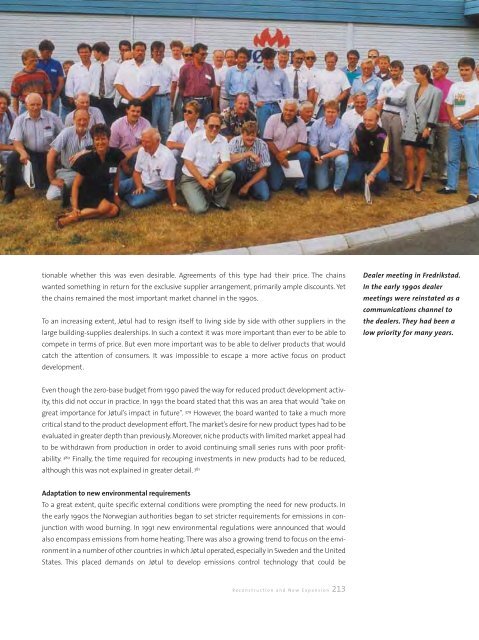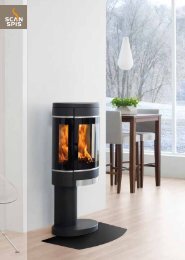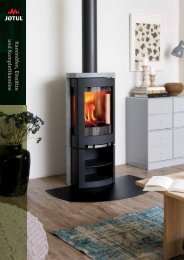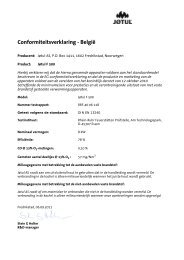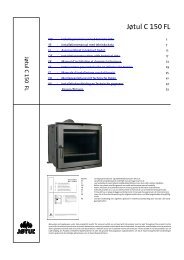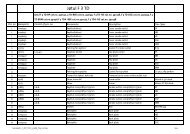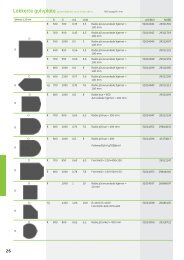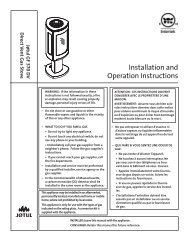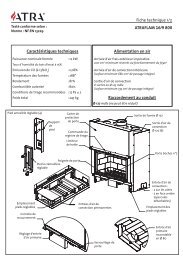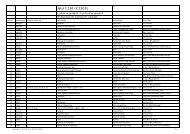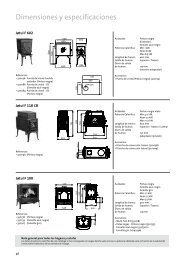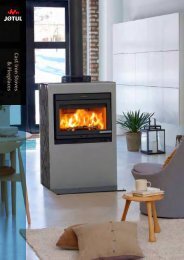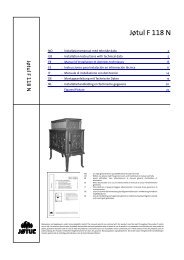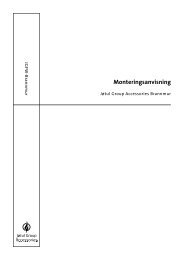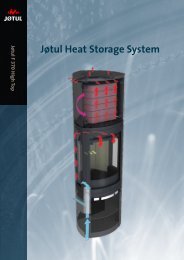Chapter 7, part 1 - Jøtul stoves and fireplaces
Chapter 7, part 1 - Jøtul stoves and fireplaces
Chapter 7, part 1 - Jøtul stoves and fireplaces
You also want an ePaper? Increase the reach of your titles
YUMPU automatically turns print PDFs into web optimized ePapers that Google loves.
tionable whether this was even desirable. Agreements of this type had their price. The chains<br />
wanted something in return for the exclusive supplier arrangement, primarily ample discounts. Yet<br />
the chains remained the most important market channel in the 1990s.<br />
To an increasing extent, Jøtul had to resign itself to living side by side with other suppliers in the<br />
large building-supplies dealerships. In such a context it was more important than ever to be able to<br />
compete in terms of price. But even more important was to be able to deliver products that would<br />
catch the attention of consumers. It was impossible to escape a more active focus on product<br />
development.<br />
Dealer meeting in Fredrikstad.<br />
In the early 1990s dealer<br />
meetings were reinstated as a<br />
communications channel to<br />
the dealers. They had been a<br />
low priority for many years.<br />
Even though the zero-base budget from 1990 paved the way for reduced product development activity,<br />
this did not occur in practice. In 1991 the board stated that this was an area that would "take on<br />
great importance for Jøtul’s impact in future". 379 However, the board wanted to take a much more<br />
critical st<strong>and</strong> to the product development effort.The market’s desire for new product types had to be<br />
evaluated in greater depth than previously. Moreover, niche products with limited market appeal had<br />
to be withdrawn from production in order to avoid continuing small series runs with poor profitability.<br />
380 Finally, the time required for recouping investments in new products had to be reduced,<br />
although this was not explained in greater detail. 381<br />
Adaptation to new environmental requirements<br />
To a great extent, quite specific external conditions were prompting the need for new products. In<br />
the early 1990s the Norwegian authorities began to set stricter requirements for emissions in conjunction<br />
with wood burning. In 1991 new environmental regulations were announced that would<br />
also encompass emissions from home heating. There was also a growing trend to focus on the environment<br />
in a number of other countries in which Jøtul operated, especially in Sweden <strong>and</strong> the United<br />
States. This placed dem<strong>and</strong>s on Jøtul to develop emissions control technology that could be<br />
Reconstruction <strong>and</strong> New Expansion 213


